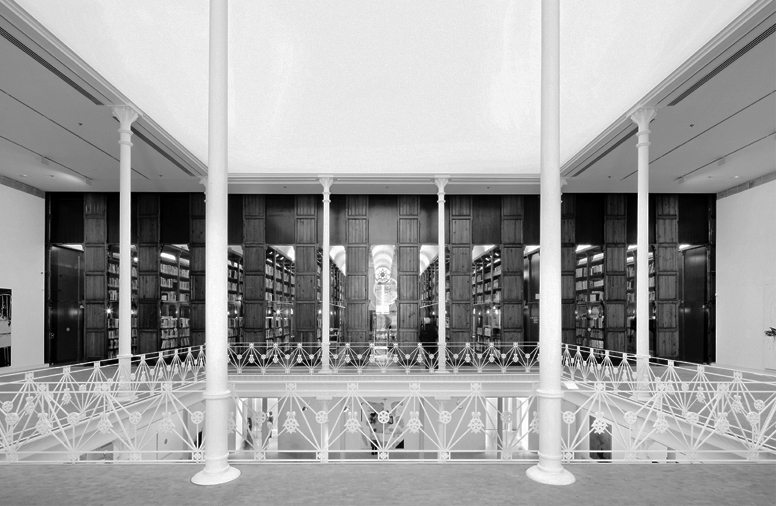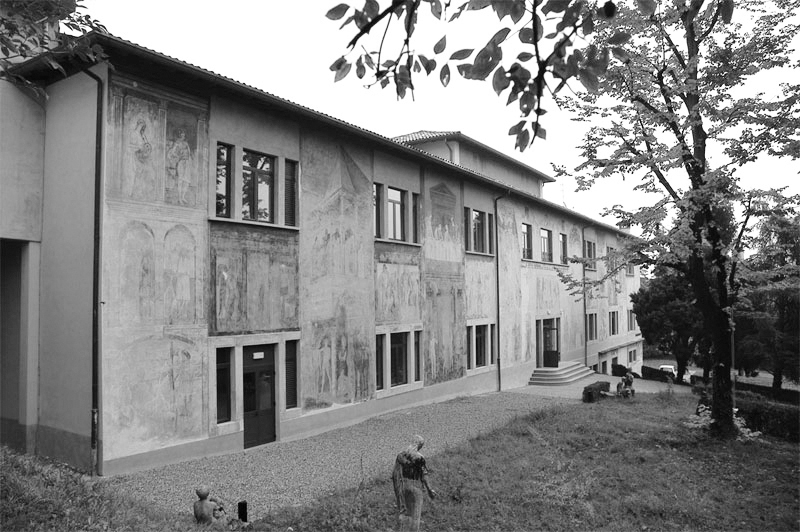A talk with Amira Gad, Nicolaus Schafhausen Kunsthalle Wien — Kunsthalle Wien, Vienna November 18, 2014 Curators: Amira Gad, Nicolaus Schafhausen 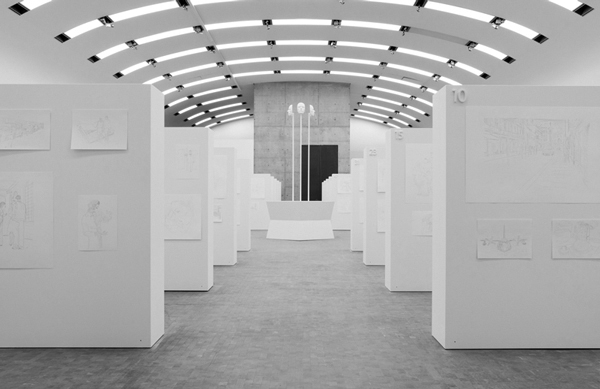 Kunsthalle Wien — Speakers: Amira Gad, Nicolaus Schafhausen, Remco Torenbosch The curators of "Blue Times" Amira Gad, Nicolaus Schafhausen and the artist Remco Torenbosch discuss the history of the European flag, socio-economic change in the EU countries and national identities within the Union. Part of the Vienna Art Week. This event is part of the Blue Times exhibition in Kunsthalle Wien. Any history of color is, above all, a social history. Blue has a long and topsy-‐turvy history in the Western world. Once considered a hot color, it is now icy cool. This group exhibition delineates the historical narrative of a color: blue. It traces and narrates the historical and social trajectory of a color, looking at the role or significance that a color can play within a society and how this has been reflected in visual culture, pop culture, art, and more. The show re-‐stages or reflects, in a way, this social historical narrative via one color. |
Young Talent meetings Akademie van Kunsten (KNAW) — KNAW, Amsterdam 2014 — 2015 Trippenhuis  Trippenhuis, Amsterdam, The Netherlands Meetings with young talent during 2014 — 2015. The Society will give artists a place to share ideas with professionals in science and other artistic disciplines. They will focus on the role of the arts in society and the relationship between science and the arts. The Society is the only platform where individual artists can express their views. The Society of Arts, which was founded in part at the instigation of Jet Bussemaker, Dutch Minister of Education, Culture and Science, has been established for a period of at least three and a half years. The first set of members was nominated by the publicly funded cultural funds and by members of the Royal Academy and The Young Academy. A committee of Royal Academy members made the final selection, based on expert recommendations from the world of art and culture. Efforts were made to select members from across the artistic disciplines. From this point forward, the Society of Arts will select its own members. The number of members will increase to approximately fifty in the years ahead. |
A talk with Arne Skaug Olsen Hordaland Kunstsenter — Hordaland Kunstsenter, Bergen (Norway) October 9, 2014 Curator: Anthea Buys 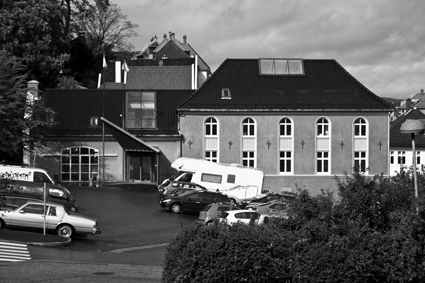 Hordaland Kunstsenter Bergen (Norway) — Speaker: Arne Skaug Olsen, Remco Torenbosch A lecture by Remco Torenbosch, in conversation with art critic Arne Skaug Olsen. In the context of the intensive research into the history of the European Flag, opening up intriguing discussion on the changing socio-economics of EU nations, the disappearance of once booming textile industries and the strong individual identities of a union in flux. HORDALAND ART CENTRE based in Bergen, Norway was established 1976 as the first artist run art centre in Norway. Its activities are based around the exhibition programme with equal emphasis on seminars, presentations and dialogue. Since 1987 HORDALAND ART CENTRE has hosted a Nordic residency programme, from 2008 also open to international artists, curators, writers and other art professionals. |
d A talk with Mirjam Westen Museum Arnhem — Museum Arnhem, Arnhem June 29, 2014 Curator: Mirjam Westen 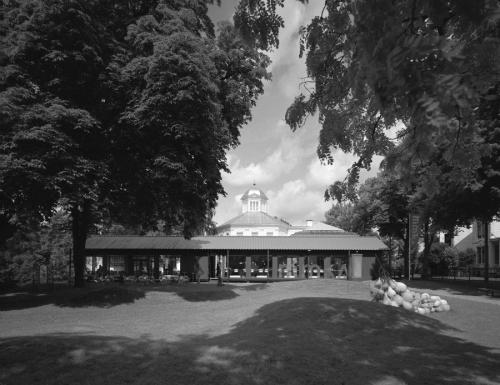 Museum Arnhem, Arnhem, the Netherlands — Speakers: Mirjam Westen, Remco Torenbosch In the context of the intensive research into the history of the European Flag, opening up intriguing discussion on the changing socio-economics of EU nations, the disappearance of once booming textile industries and the strong individual identities of a union in flux, Museum Arnhem organised an event in the context of the European Blue(s). Threads will feature works from more than 20 international artists and designers in which the medium of thread or textiles play a prominent role. Their work can be seen as a metaphor for the ‘interweaving’ of artistry and craft; art and the public; and personal and societal themes. |
d A talk with Patricia Reed Motto Berlin — Motto, Berlin June 14, 2014 Motto Berlin bookstore  Motto Berlin — Speakers: Patricia Reed, Remco Torenbosch In the context of the intensive research into the history of the European Flag, opening up intriguing discussion on the changing socio-economics of EU nations, the disappearance of once booming textile industries and the strong individual identities of a union in flux. Artist and writer Patricia Reed (b. 1977, Canada) lives and works in Berlin. The focus of her artistic and textual practice is the contingency of normality. The play with the plasticity of the normal, both conceptually and materially, constitutes the foundation of her practice. |
d |
z |
z A lecture on engagement AKV|St.Joost, Breda — AKV|St.Joost, Breda March 27, 2014 Coordinator: Fine Arts Department 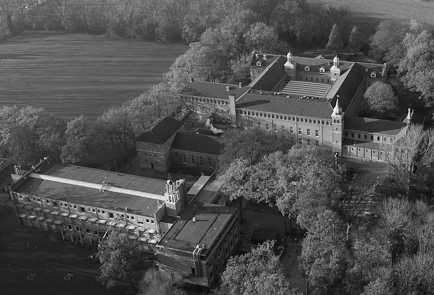 AKV|St Joost, Breda, the Netherlands — Speakers: Hans den Hartog Jager, Max Bruinsma, Joost Conijn, Sander van Bussel, Remco Torenbosch, Michael Tedja, Martine de Wit (DUS architects), Albo Helm, Lydia Schouten, Jean-Marc van Tol (fokke en sukke), Herman van Bostelen, Pepijn Zurburg (designpolitie), Bas Vroege, Thomas Kuijpers, Yuri Veerman, Ben Krewinkel, Pepe Heykoop, Femke Herregraven, Marc Bijl, Marc Schmidt, Arne Hendriks, Annie Fletcher Engagement. There is no clear official definition of what constituted a Studium generale. The term Studium generale first appeared at the beginning of the 13th century, out of customary usage, and simply meant a place where students from everywhere were welcome (not merely those of the local district or region) Professor and Director Gérard van Dinther began his first class at the ‘Académie Impériale et Royale de Peinture, Sculpture et Architecture’ (Royal and Imperial Academy of Painting, Sculpture and Architecture) in ’s-Hertogenbosch on 1 October 1812. This marked the start of the art academy that is now known as the School of Fine Art and Design|St.Joost. Although the first drawing school in Breda dates back to 1825, the foundations for what used to be St.Joost were not laid until 1945. It was in this year that the ‘Vrije School van Beeldende Kunst’ (Free Academy of Visual Art) was set up by the artists Dio Rovers, Gerrit de Morée and Niel Steenbergen. The merger in 2004 of Hogeschool Brabant and Hogeschool ’s-Hertogenbosch saw the School of Fine Art and Design (AKV, Akademie voor Kunst en Vormgeving ’s-Hertogenbosch) and St.Joost (the art academy in Breda) become one. This is how the School of Fine Art and Design|St.Joost became part of Avans University of Applied Sciences. |
z Paul O’Neill and Remco Torenbosch de Appel art centre — de Appel arts centre, Amsterdam January 5, 2014 Coordinator: Guus van Engelshoven  de Appel arts centre, Amsterdam, the Netherlands — Speakers: Paul O’Neill, Remco Torenbosch — Moderator: Guus van Engelshoven On January 5th 2014, de Appel arts centre welcomes two guests: Remco Torenbosch, artist from the Prix de Rome exhibition and curator, writer, artist, and educator Paul O’Neill. Remco Torenbosch will present his publication part of the research for his work in the Prix de Rome exhibition: European Contextualising in Analytical Sociology and Ethnographical Representation on History and the Present, 2013. With contributions by Charles Esche, Mihnea Mircan and the Council of Europe Strasbourg. Published by Black Dog Publishing London Paul O'Neill will present the curatorial anthology Curating Subjects (2007), Curating and the Educational Turn (2010) and Curating Research (2014), published by de Appel and Open Editions (Amsterdam and London). With this series of theoretical publications, de Appel arts centre aims to share the specific knowledge on curatorial practice taught in the Curatorial Programme with a broader audience. On the occasion of the publication of Curating Research, Paul O’Neill will talk about the history of the series and the relations between the different publications. Paul O’Neill is currently Director of the Graduate Program in Curatorial Studies at the Center for Curatorial Studies, Bard College, New York. He is international tutor of the de Appel Curatorial Programme, Amsterdam, and international research fellow with The Graduate School of Creative Arts and Media, Dublin. O’Neill is author of Locating the Producers: Durational Approaches to Public Art (Amsterdam, Valiz, 2011), edited with Claire Doherty. He recently completed the authored book The Culture of Curating, the Curating of Culture(s), (Cambridge, The MIT Press, 2012). |
z Q&A Prix de Rome 2013 de Appel arts centre — de Appel arts centre, Amsterdam October 30, 2013 Coordinator: Guus van Engelshoven  de Appel arts centre, Amsterdam, the Netherlands — Speakers: Christian Friedrich, Falke Pisano, Remco Torenbosch and Ola Vasiljeva — Moderator: Hendrik Folkerts The four nominated artists for the Prix de Rome - Christian Friedrich, Falke Pisano, Remco Torenbosch and Ola Vasiljeva - have been asked to select image and sound material that gives insight into their artistic practice. On the 30th of October a Q&A will be organised with a discussion based on this material. The conversation will be moderated by Hendrik Folkerts, Curator Public Program at the Stedelijk Museum. The Prix de Rome is the Netherlands’ oldest, most important prize for visual artists under 40. The award dates back to 1808 when Louis Napoleon introduced the Prix de Rome in the Netherlands to promote the arts. Although the award has regularly been renewed, the aim is still to trace talented artists and encourage them to develop and increase their visibility. Since January 2013, the award has been organised and financed by the Mondriaan Fund. |
z Round-table Discussion La Biennale di Venezia 2013 — Palazzo Giustinian Lolin, Venezia, Italy May 30, 2013 Coordinator: Mondriaan Fund 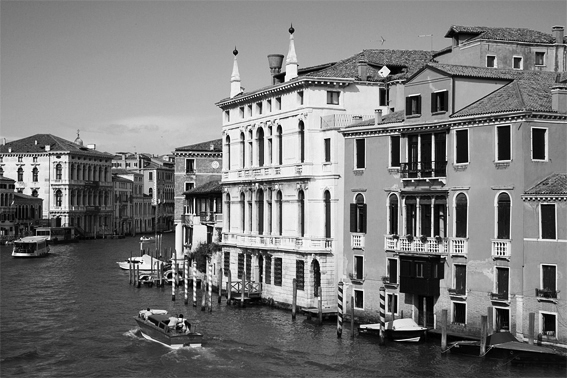 Palazzo Giustinian Lolin,Venezia, Italy — Speakers: Rossella Biscotti and Giorgio Andreotta Calò (Italian artists who work in the Netherlands), Gianfranco Maraniello (director of Museo d'Arte Moderna di Bologna and curator of important exhibitions with Dutch artists), Jan Dibbets and Remco Torenbosch (Dutch artists) and Lorenzo Benedetti (curator Dutch entry). In the presence of Michiel den Hond, Ambassador of the Kingdom of the Netherlands — Moderator: Ann Demeester (director of de Appel arts centre in Amsterdam) Speaker at the 'Round-table Discussion' during the preview of the the 55th International Art Exhibition - La Biennale di Venezia 2013. Presented by The Mondrian Fund and the Embassy of the Kingdom of the Netherlands in Rome at Palazzo Giustinian Lolin,Venezia, Italy. The discussion will take a close look at the artistic ties that exist between Italy and the Netherlands - from both a historical and comtemporary perspective - and will include representatives from several generations of Italians and Dutch artists and curators. The Mondrian Fund and the Embassy of the Kingdom of the Netherlands in Rome are pleased to invite you to a Round-table Discussion during the preview days of the 55th International Art Exhibition - La Biennale di Venezia 2013. The direct occasion for this event are two presentations that will be held at the upcoming Venice Biennale: Mark Manders' exhibition in the Dutch Pavilion, curated by the Italian curator Lorenzo Benedetti (director De Vleeshal, Middelburg); and Germano Celant's re-staging by the Fondazione Prada of the groundbreaking exhibition Live in Your Head: When Attitudes Become Form, organised in 1969 by Herald Szeemann in Kunsthalle Bern. |
z Guest teacher / tutor Academie Minerva of Fine Arts — Academie Minerva Groningen January 17, 2013 Coordinator: Wim Bosch  Academie Minerva Groningen, The Netherlands Guest teacher / tutor for the 3rd year Academie Minerva students of Fine Arts (BA). At the School of Fine Arts, Design & Pop Culture Minerva you can pursue English language Bachelor and Master's programmes in Fine Arts (BA), and Painting, Interactive Media and Environments and Scenography (MA) or a minor in International Pop Culture. The Minerva Academy also offers Bachelor programmes in Dutch, including Fine Art, Design, Fine Art and Design in Education, Music and Design (Pop Culture). The emphasis in this course is on Autonomy. Autonomous can be translated as free and independent. If you choose Fine Art, you are choosing to devote yourself fully - as a visual artist - to exploring your own imagination and fascinations. Firstly you'll be your own client and employee. You will determine which artistic domain(s) to conquer and what medium(s) to focus on whether that's painting, drawing, graphics or photography, sculpture, electronic media or installation. The program aims to train professional artists. Today’s artist is not limited to one specific medium, or technique, but has instead many instruments to bring his or her message across. The academy was founded in 1798 in Groningen as a school for signing, building and shipping knowledge. Nowadays it is a school for fine art and design and part of the Hanze University Groningen. It offers two main fields: Fine Art and Design and Teacher Training in Fine Art and Design. |
|
z Lecture IULM Università, Milan — IULM Università, Milan, Italy May 10, 2012 Coordinator: Paola Tognon 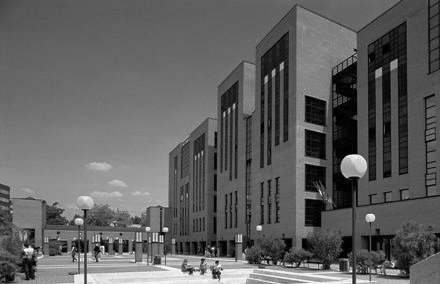 Libera Università di Lingue e Comunicazione (IULM), Milan, Italy Lecture about the subject of relevance: “Know, know how to be, know how to do”. It is on these three cornerstones that IULM University has based its teaching mission, taking inspiration from the principles of UNESCO. Taking strength from its vocation of integrating cultural knowledge and professional competences, the University has from its very inception over 40 years ago always presented itself as a meeting point between the academic world and labour markets. The Istituto Universitario di Lingue Moderne (I.U.L.M.) was founded in 1968 by the Fondazione Scuola Superiore per Interpreti e Traduttori, under the inspiration of Senator Carlo Bo and Professor Silvio Baridon. From the very beginning the idea behind the project was to satisfy the demands of the labour markets based on analyses of current trends. — Participants: Students IULM Università di Lingue e Comunicazione, Remco Torenbosch Initially, this meant focusing on the study of languages – the sine qua non for becoming a part of an increasingly European framework. Things have changed over the years and it has become crucial to learn how to use specific communication tools. To meet this need, the university’s training opportunities and its facilities have been renewed and upgraded. It was a courageous development, in line with the principles that led IULM to change its identity and update all its syllabuses, closing the courses that had made the institute’s history, introducing new syllabuses and modifying the university’s charter and name. Introduced in 1998, the denomination IULM University of Languages and Communication bears out the institution’s two-fold vocation of teaching languages as well as communication. This is the core principle of the institute’s range of training opportunities. |
z |
z |
z |
z |
z |
z |

